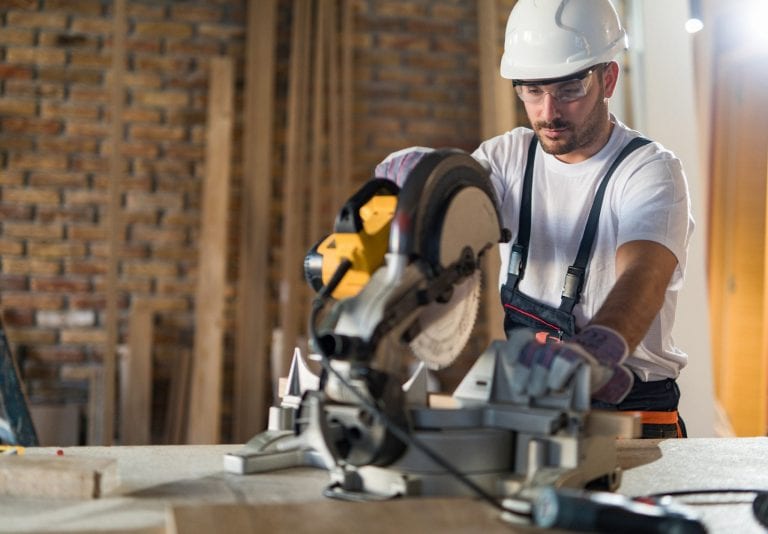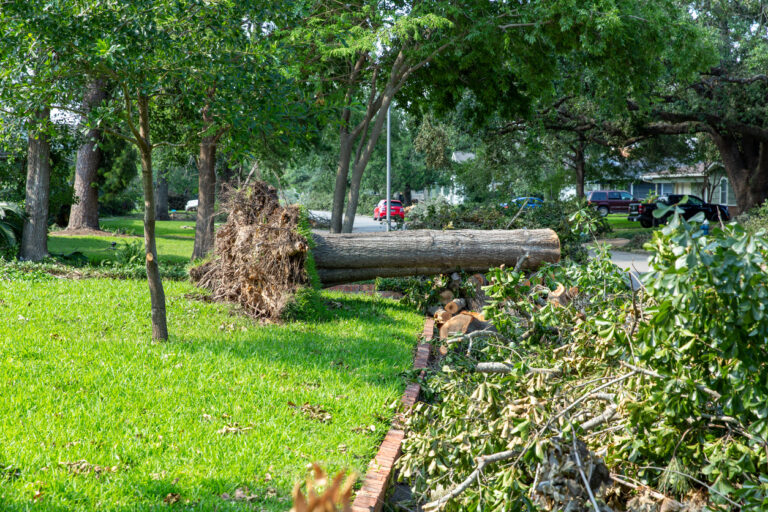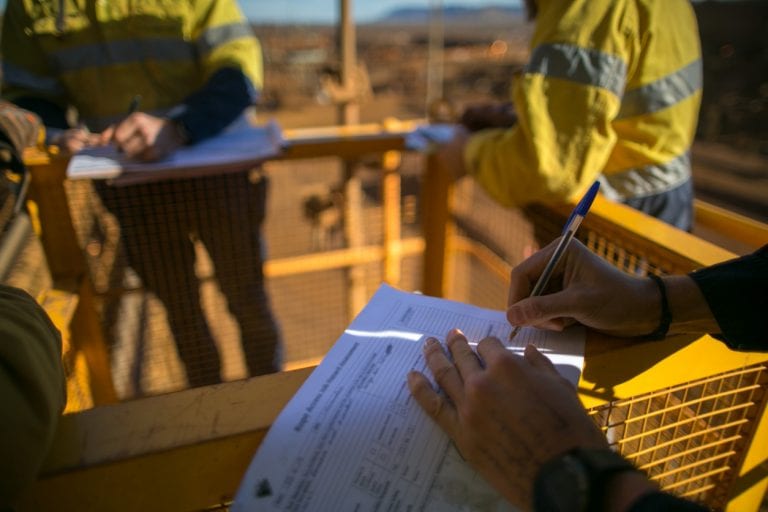With hundreds of billions of dollars and many more construction opportunities on the horizon for contractors, some jurisdictions are scrambling to handle the work load for plan reviews to issue building permits. And with recent hurricane-impacted areas along the Florida Gulf Coast and in the Carolinas, jurisdictions will become even more stretched.
For contractors with sights set on starting construction in a timely manner, the question that swirls around often is how quickly can you obtain a permit for your residential rebuild or for foundation repairs or for new commercial build outs? We get this general inquiry all the time. And the response is ‘it depends” on several factors such as if your permit package is complete with requirements satisfied, the current work load of jurisdiction and if there have been any changes in permitting processes. Once we receive a project specific scope, we provide a better estimate on the time to obtain a permit.
Some architects and contractors find the electronic permitting process appealing and believe it is a faster method to obtaining a permit. The truth is, in some jurisdictions, you can only submit electronically, and, in many others, you have an option – manual or electronic. If an architect or contractor selects to submit electronically note that unlike manual submission of permit application and plan set, once submitted electronically the permit application stays electronic, including communications. This becomes frustrating for many architects and contractors who have reached a point where they simply want to pick up the telephone or schedule a meeting to speak with a Plan Reviewer directly.
Whether you decide to submit in person or electronically, shown below are five secrets to help you play offense to obtain your building permit fast.
Uncover Any Threats – Getting started early before the permit plan set is buttoned up allows you to review for any gaps in meeting jurisdiction building codes and standards, plus it allows you to make sure all pre-requisites are on track. This step alone saves you time and money, plus it can minimize delays once submitted for permitting.
Determine Best Plan of Action – Once you have completed your early review of plans, checked jurisdiction web site for clarification or spoken with a Plan Reviewer to clear up code concerns, you can then lay out the best plan of action for your permit, and determine things like is it best to pull one master building permit or more advantageous to take a phased approach.
Refrain from Making Assumptions – There are a lot of dynamics with building codes from jurisdiction to jurisdiction across one metropolitan area, across a state and across the U.S. And blindly assuming the architect or engineer is on top of all the latest building codes and standards can be costly. Also, reviewing the permit set before submission can eliminate delays.
Schedule Pre-Plan Review Meetings – Plan Reviewers are open to having meetings since it can reduce their workloads later during the actual review process. Plan Reviewers are your partners to ensure construction occurs in a safe manner. Be sure to check the jurisdiction web site as some may charge a fee for pre-review meetings.
Use Jurisdictions’ Checklist – The majority of jurisdictions have checklists on their web sites based on the type of project you are attempting to get permitted. If not found on their web site, you can call for a copy. From residential to commercial to drainage, you will find the checklist helpful and, when used properly, it can save you time and money and assist in starting construction in a timely manner.
In Conclusion
As more and more design and construction projects increase, architects, engineers, contractors and project owners will be eyeing jurisdictions to issue permits faster. To facilitate timely plan reviews and issuance of building permits, we believe getting started early and playing offense is a key strategy. If you have any questions on pulling permits in Texas, Florida and other parts of the U.S., visit www.permitusnow.com or call 1.844.PERMIT.4. Build Safe.







